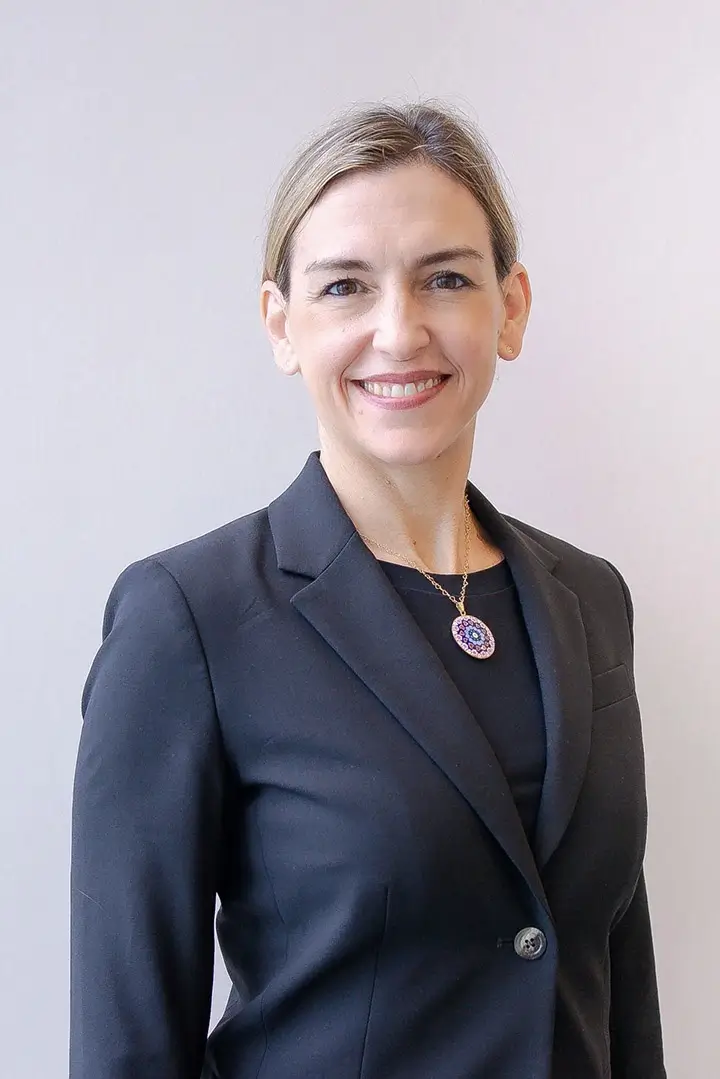ENNIS, TX — Sam Harrell’s three state football championships are celebrated in his home office. He has pictures, trophies and balls, and even more memories.
For 32 years, Harrell worked in a profession where success is measured by a scoreboard in front of thousands.
These days, life’s little victories — unaccompanied by cheers or Gatorade showers — are just as satisfying.
Harrell can jump up and down in his living room. He can walk across a parking lot without a cane or a walker. He can spend hours at Kolache Depot Bakery without getting fatigued.
Harrell hasn’t beaten multiple sclerosis, but he is successfully living with it.
“It puts everything in perspective,” Harrell said. “Now, I’d rather play catch with my grandson in the back yard than win a state championship. When that gets taken away from you, you realize how precious it is.”
Harrell was 153-51 in 16 seasons at Ennis, winning Class 4A state titles in 2000, ’01 and ’04. He coached all three of his sons — Graham, now a backup quarterback with the Green Bay Packers; Zac, the offensive coordinator at Van High School; and Clark, who finished his college career at Abilene Christian in 2010 and now works as a financial planner.
It was in 2005, while he was on the tennis court, that Harrell’s vision in one eye became blurry. An eye specialist sent him to a neurologist, who, after running tests, gave Harrell the best possible diagnosis: He had MS.
“I didn’t know whether I was supposed to cheer or cry,” Harrell said. “I got the best of the three things it could be, but the bad news is: I have MS.”
Multiple sclerosis is a chronic, unpredictable disease that affects the central nervous system. The immune system eats away the myelin sheath surrounding the nerves. Symptoms vary from person to person. Mild symptoms include numbness in the limbs, weakness, fatigue and blurred vision. Severe symptoms include paralysis and loss of vision.
There is no known cure for MS.
Harrell chose to keep the news a secret from everyone except his wife, Kathy. He didn’t reveal the diagnosis for four years, though, as his condition worsened, those close to Harrell knew something was wrong.
“We’d go to practice, and he had to take a golf cart,” Graham Harrell said in a phone interview after a recent Packers practice. “Sometimes he was off balance a little bit, or shaky walking. So there were times we knew something wasn’t quite right, but we didn’t know exactly what was going on until he finally told us.
“It was hard to watch, obviously, especially with him wanting to coach, and yet not being able to do it like he used to. But recently, he’s seen great improvement, and that’s huge encouragement not only to him, but to us, and hopefully he’ll continue to get better.”
Sam Harrell knew his MS wouldn’t kill him, but he thought not coaching might.
Sam’s father, Jake, established the family business at Seminole, where he spent 20 seasons, including 10 as the head coach. But Sam Harrell’s health forced him to quit coaching before the 2010 season.
“That’s all I’d done my whole life,” Harrell said, “so I was sick about it. I just didn’t know what I was going to do.
“I do wish I could still do it, but I haven’t died from not coaching.”
Harrell, in fact, is alive and well. He credits three trips to Panama for his improved health.
After he retired from coaching, Harrell began researching regenerative medicine. Stem cell treatment is not approved in the United States, but Dr. Neil Riordan, who lives in Trophy Club, is the founder of the Stem Cell Institute in Panama.
Riordan is one of the leading stem cell scientists in the world.
Harrell talked to several of Riordan’s patients, including Richard Humphries, a golf coach out of Diamond Oaks Country Club in Fort Worth. Humphries was diagnosed with MS in 2005. He began stem cell treatments in 2008.
Stem cell treatments introduce new cells, which have regenerative potential, into damaged tissue to treat disease or injury.
“After talking to Richard, I didn’t have the money, but I knew I was going to go,” Harrell said. “I mean, what did I have to lose? I knew where I was headed if I didn’t go. I was going downhill fast. So why wouldn’t I go try this?”
Friends, family and fellow coaches held fundraisers for Harrell’s treatments. Harrell’s first trip to Panama, which was four weeks, cost $40,000. He has been back twice more, the last time in September.
It wasn’t until the third visit that Harrell saw dramatic results.
“MS is like a two-hump camel,” Humphries said. “You can get over the first hump of active T-Cells fairly easily, but the second hump, the memory T-Cells, sometimes bring our MS symptoms back, as it did with Sam.
“He was extremely disappointed for taking the two steps back after three steps forward. I told him it may take another two or three treatments to really get you going again. Needless to say, he could not stop smiling and was greatly relieved. Now, he is seeing the results.”
Harrell is a strong Christian and is quick to credit God and prayer for his recovery. But he also is a big believer in stem cell therapy. Kathy Harrell is a more recent convert.
She was skeptical until seeing the change in Harrell.
“I just feel really grateful that these are good days and good months, and I’m not going to worry about next year,” Kathy Harrell said. “It just makes you thankful that things are good right now, and he’s pretty mobile. This disease reminds you to just be thankful for the day, so that’s what we’re doing. I realize now it can be worse.”
By Charean Williams

